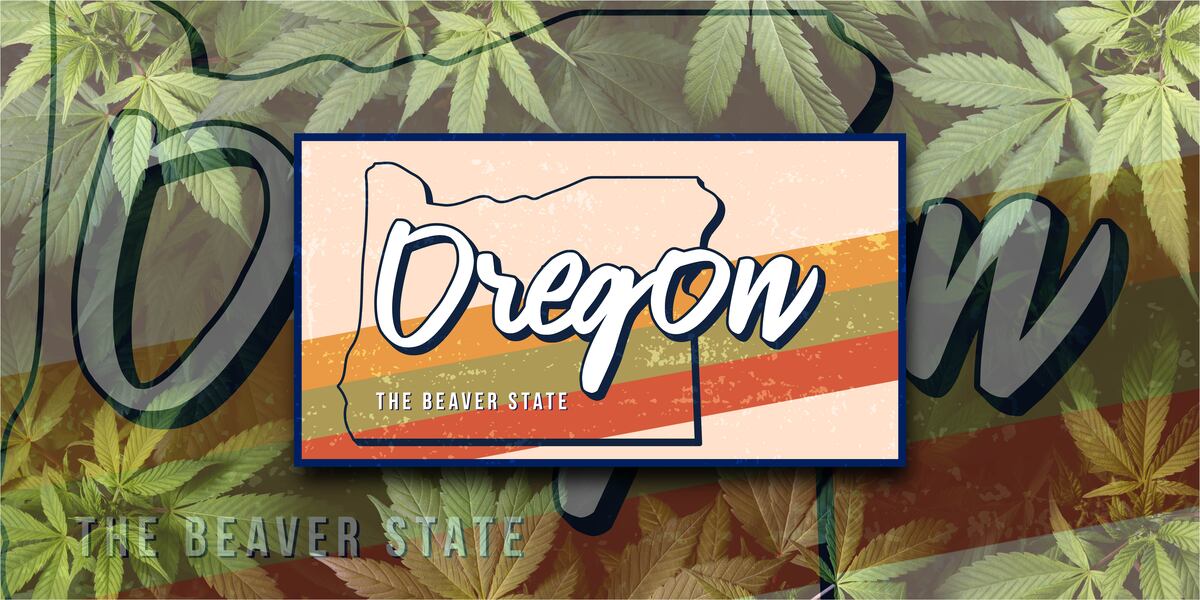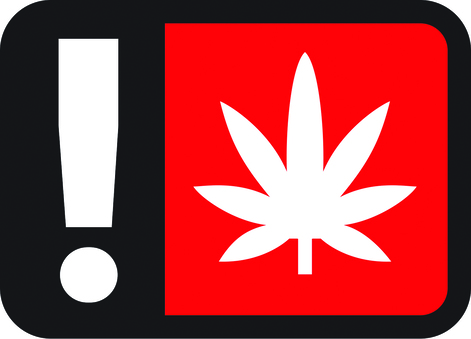Understanding Oregon Cannabis Packaging Guidelines: Compliance and Best Practices

The cannabis industry in Oregon is growing, but businesses must follow strict packaging and labeling rules to stay compliant. The Oregon cannabis packaging guidelines focus on consumer safety, accidental consumption prevention, and clear product information.
Businesses must also navigate the Oregon cannabis packaging pre-approval process. This step ensures that all packaging designs meet state regulations before products reach the market. From tamper-evident seals to required warning labels, compliance is essential for avoiding fines and maintaining consumer trust.
In this article, we break down key packaging requirements, approval steps, and best practices to help cannabis businesses meet Oregon’s strict standards.
Regulatory Authorities and Governing Laws
The Oregon Liquor and Cannabis Commission (OLCC) regulates cannabis packaging and labeling to ensure compliance. Businesses must follow the Oregon cannabis labeling requirements, which focus on clear product information, safety, and preventing marketing appeal to minors.
All cannabis packaging and labeling must meet the standards outlined in Oregon Administrative Rules (OAR) 845-025-7000 to 845-025-7190. These rules cover everything from font size and placement of warning labels to child-resistant packaging requirements.
In the following sections, we’ll break down the most important packaging and labeling guidelines to help you stay on track.
Oregon Packaging Requirements
When it comes to cannabis packaging in Oregon, strict guidelines are in place to ensure consumer safety, particularly for children. The following sections outline key requirements and restrictions:
Child-Resistant and Exit Packaging
All cannabis products must be enclosed in child-resistant packaging for marijuana products in Oregon. This packaging is essential to prevent accidental ingestion, particularly by children.
To meet the state’s strict standards, cannabis packaging must:
- Be certified by third-party testing firms to ensure it meets safety criteria.
- Be resealable if the product is intended for multiple uses, allowing consumers to store it safely.
- Be specifically designed to prevent accidental consumption, especially by children.
Furthermore, if the original packaging does not meet these child-resistant standards, retailers must provide exit packaging that complies with the regulations before selling the product. This ensures products remain secure and safe for consumers after purchase.
Prohibited Packaging and Imagery
Regulations strictly prohibit branding that appeals to children. Prohibited imagery on Oregon marijuana packaging includes:
- Cartoons, characters, or images commonly associated with children’s products.
- Celebrities or public figures that may attract a younger audience.
- Packaging designs that resemble non-cannabis food or beverages, such as snacks or soft drinks, to avoid confusing cannabis products with items children might consume.
By adhering to these guidelines, cannabis businesses in Oregon help ensure their products are responsibly marketed.
Labeling Requirements
Oregon cannabis labeling requirements ensure that consumers have all the necessary information to make informed choices. The following sections cover the essential label information required for all cannabis products:
Essential Label Information
Oregon cannabis labeling regulations require that all products include key information to ensure safety and transparency. Labels must clearly display:
- Product identity and net weight, so consumers know exactly what they’re purchasing.
- A full list of ingredients and any potential allergens to inform those with sensitivities.
- Required warning statements highlighting health risks and confirming the product is for adult use only.
- The Oregon cannabis universal symbol (see below), a standardized logo that marks products containing THC, making it easier for consumers to identify such items.
These requirements help create a safer cannabis market by ensuring all necessary information is easily accessible to consumers.
Oregon Cannabis Warning Sign
Oregon mandates the use of a standardized warning symbol on all cannabis packaging. This symbol serves as a quick and clear visual indicator that the product contains THC and should be used with caution.

Key Features and Requirements:
- Size – The symbol must be at least 0.48 inches wide and 0.35 inches high.
- Color – The symbol must be in a contrasting color to ensure visibility against the packaging background.
- Placement – The symbol must be placed on the principal display panel of the package.
THC and CBD Content Labeling Laws
Cannabis packaging must accurately reflect the cannabinoid content per Oregon law. THC and CBD content labeling laws in Oregon require that labels display:
- Total THC (tetrahydrocannabinol) and CBD (cannabidiol) content to be listed both per package and per serving.
- A variance of no more than 10% from the tested potency levels to ensure accuracy.
- Information about batch identification and testing to confirm that the product has been tested for cannabinoid content.
These labeling rules help consumers make informed choices and ensure cannabis products meet state regulations.
The Oregon Cannabis Packaging Pre-Approval Process
Before a cannabis product can be sold in the Beaver State, businesses must go through the Oregon cannabis packaging pre-approval process. This process includes:
- Submitting packaging and labels to the Oregon Liquor and Cannabis Commission (OLCC) for official review.
- Verifying compliance with child-resistant laws and required labeling standards, including ingredients list, health warnings, and THC/CBD content.
- Receiving OLCC approval or making necessary revisions if packaging does not meet state requirements.
This step is crucial for avoiding penalties, ensuring customer safety, and maintaining a transparent cannabis marketplace. By securing pre-approval, businesses can confidently bring compliant products to the market.
Staying Up to Date with Regulatory Changes
Oregon’s cannabis packaging and labeling laws can change as regulations evolve. To stay compliant, businesses should:
- Regularly review OLCC updates to stay informed about new requirements and rule changes.
- Attend industry training sessions to gain insight on best practices and compliance strategies.
- Consult compliance experts to ensure packaging and labeling meet the latest state guidelines.
By staying proactive, cannabis businesses can avoid compliance issues, reduce the risk of penalties, and continue operating smoothly within Oregon’s regulated market.
Final Word
Compliance with Oregon cannabis packaging regulations is essential for legal cannabis businesses. It ensures that companies can avoid penalties and protect customers.
Not sure where to begin? Need packaging that meets the pre-approval process? Custom 420 Supply is here to help!
Our team stays up-to-date on all of Oregon’s laws and regulations, ensuring the packaging we provide meets state compliance. If you’d like to learn more, we invite you to reach out through our contact page.
Frequently Asked Questions (FAQs)
Oregon labels must show product identity, net weight, a full ingredient list, allergen warnings, and health and usage warnings. They must also display THC and CBD content, the Oregon universal symbol, producer information, and a unique identification code.
Yes, all cannabis products must use child-resistant packaging that’s certified by a third-party testing firm. If the product packaging is not compliant, retailers must offer exit packaging that meets these standards.
Oregon mandates that all cannabis labels include a standardized universal symbol to show the presence of THC. This symbol must meet specific size (0.48 inches wide by 0.35 inches high), color (to ensure visibility), and placement guidelines on the principal display panel.
